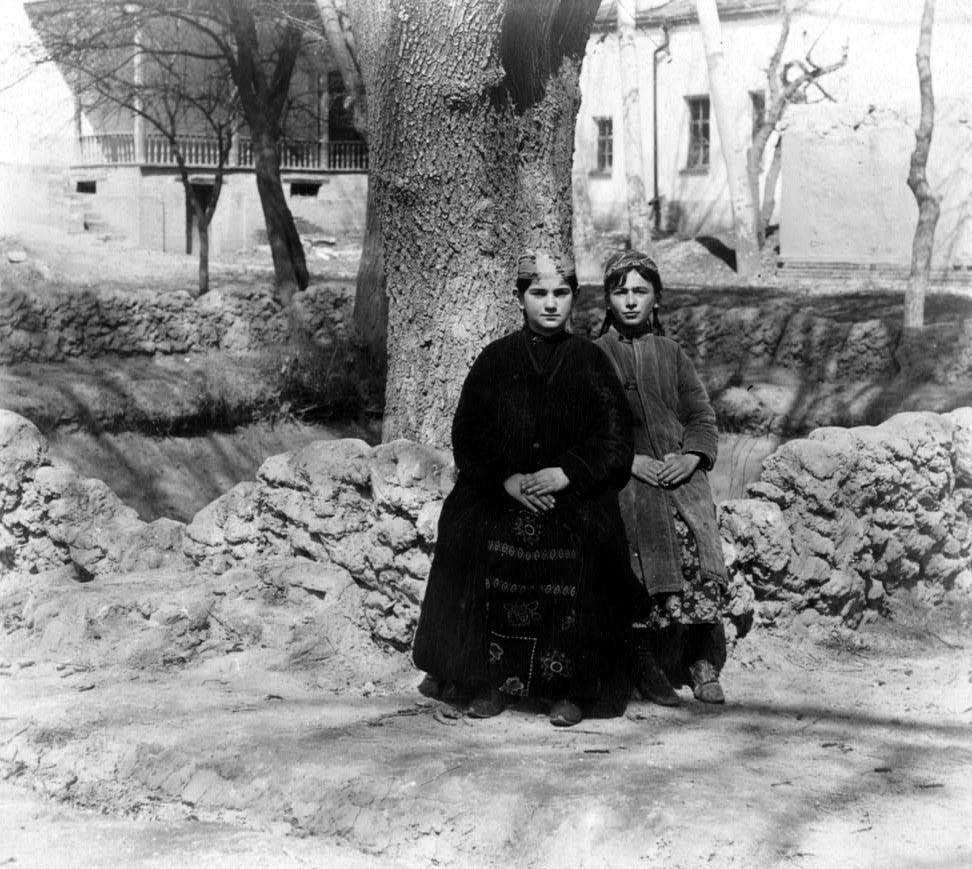Balancing Tradition and Secularism: Kyrgyzstan’s Jewish Community
Despite its long history, few are aware of the Jewish presence in Kyrgyzstan, whose population has shrunk considerably almost 25 years after the fall of communism, making for an uncertain future.
by Cristina Maza
Masha sits in a plastic chair in the bare white room adjacent to the synagogue’s main hall. As the prayers continue on the other side of the curtain that separates her from the men, she struggles to find her place in the prayer book. But when the mournful sound of the shofar echoes through the hall, she immediately stands to attention, covering her face in a visible display of reverence and emotion. It’s Rosh Hashanah in Bishkek, and the Central Asian city’s Jewish community has come out to pray.
Archaeological evidence uncovered by the Kyrgyz Academy of Sciences suggests that Jewish traders arrived in Kyrgyzstan as early as the 6th century. References to the presence of Jews can also be found in passages of Kyrgyzstan’s most famous national poem Manas, which talks about three generations of Kyrgyz heroes and their deeds, dates back to the 10th century.
Keep reading with a 7-day free trial
Subscribe to Muftah Magazine to keep reading this post and get 7 days of free access to the full post archives.


